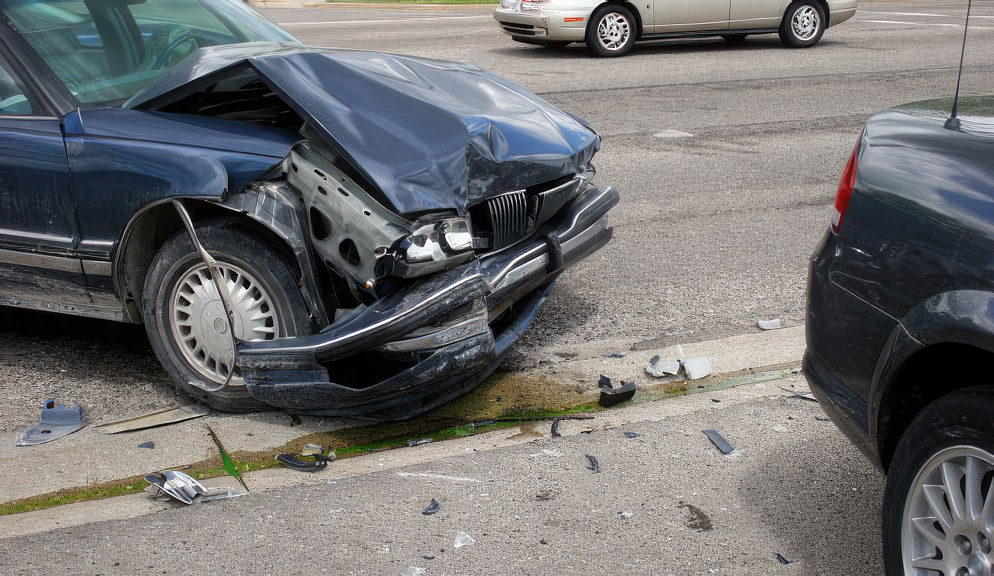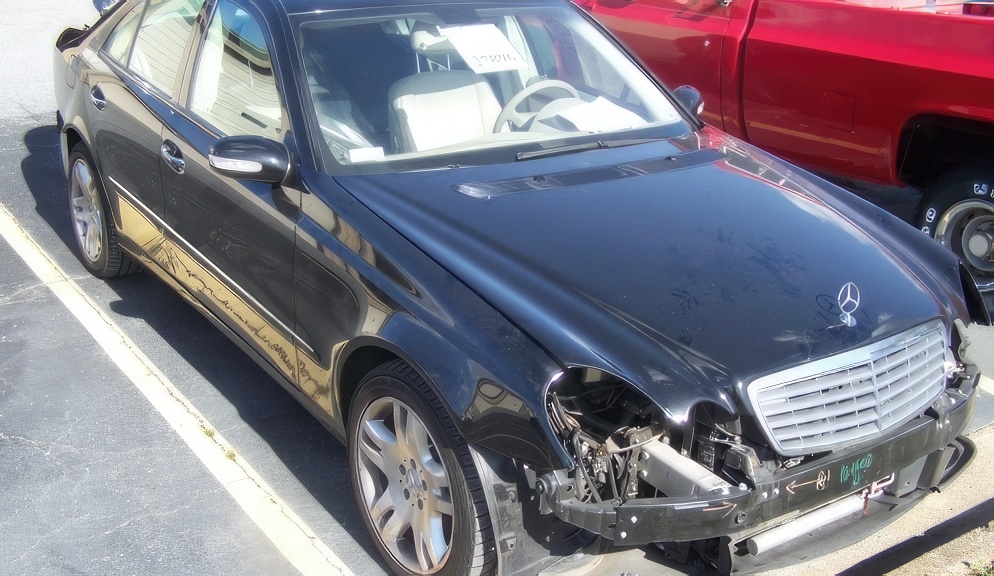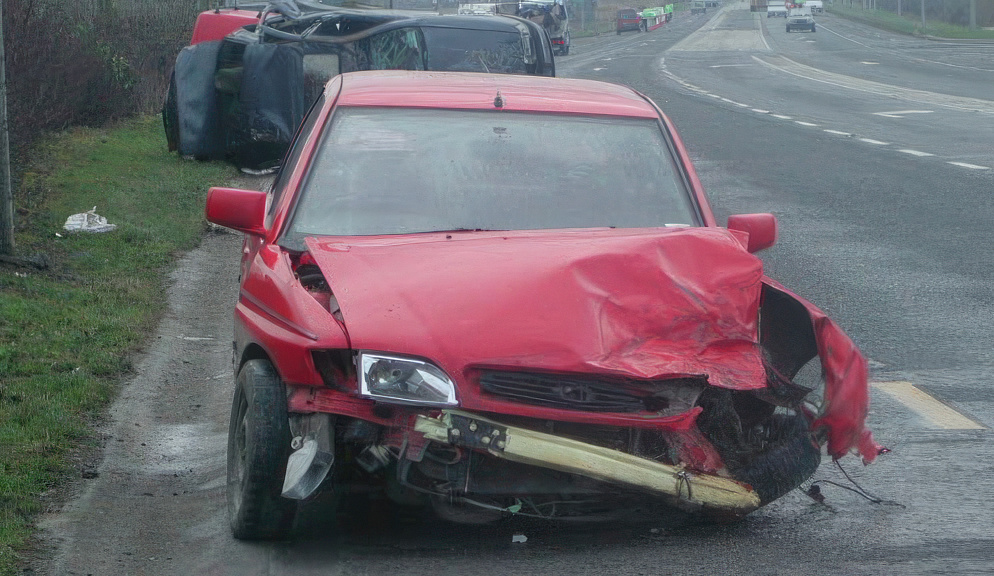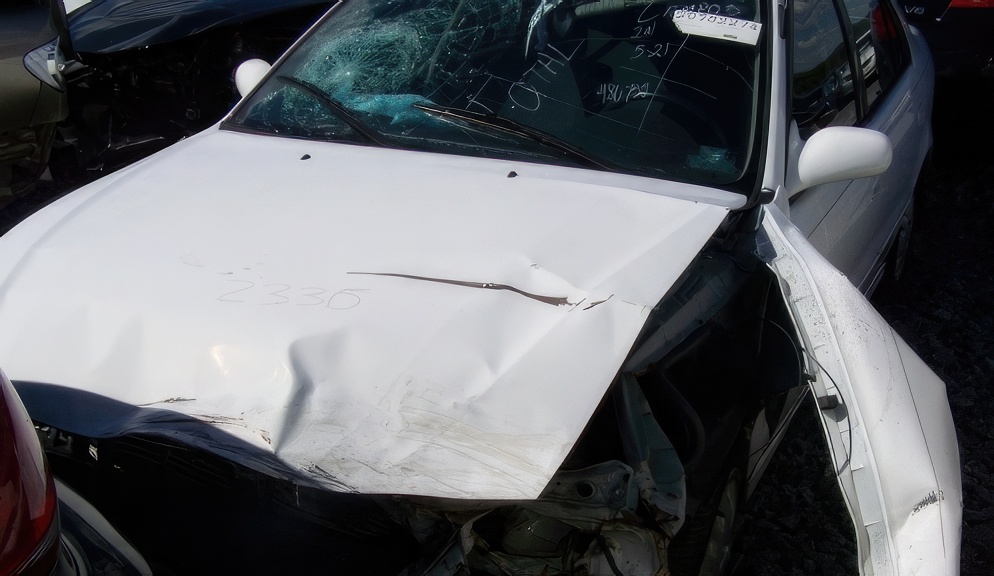Navigating the Average Diminished Value Claim Landscape

When a car is involved in an accident, its value inevitably declines, regardless of the quality of repairs. This phenomenon is known as diminished value, and it can affect any vehicle post-accident. In this section, we’ll explore the concept of diminished value, its implications for car owners, and why it’s an important factor to consider in the used car market. Additionally, we’ll discuss how this decrease in value is calculated using the diminished value calculation methods and how it can affect future sales and insurance premiums, emphasizing its significance in the overall financial health of car ownership.
Understanding the Essence of Diminished Value Claims
When a car is involved in an accident, its market value often declines, even after repairs. This phenomenon is known as diminished value, and it’s an essential consideration for vehicle owners in the aftermath of an accident. A diminished value claim is a request made to an insurance company for compensation due to this loss in value. Understanding what constitutes a diminished value claim is crucial, as it significantly impacts the financial recovery post-accident.
Diminished value primarily stems from the stigma attached to a vehicle once it has been in an accident. Potential buyers are likely to offer less for a car with an accident history, regardless of how well it has been repaired. This reduction in resale value is what car owners seek to recover through a diminished value claim. The process involves understanding the nuances of how accidents affect car value and effectively communicating this loss to insurance providers.
Recognizing the importance of diminished value claims is pivotal for car owners. It’s not just about the immediate costs of repair, but about the long-term financial implications of owning a car that has been in an accident. Grasping the concept of diminished value ensures that car owners are adequately compensated for their loss, maintaining financial stability in their vehicle investment.
Factors Influencing Diminished Value Claims
Several key factors determine the average amount of a diminished value claim. The type and brand of the vehicle play a significant role; luxury and high-end vehicles typically suffer a more substantial loss in value. The model year of the vehicle also influences the claim amount – newer cars are likely to experience a more significant drop in value post-accident.
The extent of the damage and the quality of repairs are crucial in determining the diminished value. Vehicles that have undergone extensive repairs are likely to have a higher diminished value due to potential concerns over long-term functionality and reliability. The quality of the repairs, including the use of OEM parts, also affects the perception of the vehicle’s post-repair condition.
Market factors such as the demand for the vehicle model, the availability of similar models, and overall market trends in the car industry also influence the diminished value. Understanding these dynamics is essential for car owners to realistically assess their vehicle’s diminished value in the context of the current market.
Real-World Scenarios and Average Claim Amounts
To better understand the concept of diminished value claims, consider a few real-world scenarios. A luxury car with a pre-accident value of $50,000 might see a diminished value claim of around 20%, equating to $10,000. In contrast, a standard family car valued at $15,000 before an accident might experience a diminished value claim of 10%, resulting in a $1,500 claim.
These examples illustrate how the average diminished value claim can vary significantly based on the specifics of the vehicle and the accident. For instance, the same model of car could have different claim amounts in different regions due to varying market demands. These variations highlight the need for tailored assessments in each diminished value claim.
It’s important to note that these figures are indicative and not definitive. The average claim amount can fluctuate based on evolving market conditions, changing perceptions of vehicle value post-accident, and the individual circumstances of each case.
Calculating the Average Diminished Value Claim
The process of calculating a diminished value claim starts with assessing the vehicle’s pre-accident value. This assessment considers factors such as make, model, age, mileage, and overall condition. The next step involves evaluating the severity of the damage and the quality of the repairs completed.
The 17c formula is commonly used for these calculations, but it is not the only method. Alternative approaches include the Inherent Loss of Value Method and the Immediate Resale Value Method, each with its considerations and applications. Car owners must understand these various methodologies to choose the most appropriate one for their specific situation.
However, it’s essential to recognize that these calculations are estimates and can vary based on who is making the assessment. Differences in appraisal methods and interpretations can lead to varied claim amounts. Therefore, obtaining multiple evaluations or consulting with a professional appraiser can provide a more comprehensive understanding of the diminished value.
Expert Appraisals: Elevating the Accuracy of Your Claim
Engaging a professional appraiser can significantly enhance the accuracy and credibility of a diminished value claim. These experts assess not just the surface damage but delve into the more profound impact of the accident on the vehicle’s overall value. They consider factors such as the car’s model, make, age, and pre-accident condition in their evaluation.
A detailed and professional appraisal is crucial in determining a realistic and justified claim amount. It provides a robust foundation for negotiations with insurance companies and adds weight to the claim by showcasing a thorough understanding of the vehicle’s diminished value.
Expert appraisals are particularly valuable when there is a dispute over the claim amount with an insurance company. The detailed and professional evaluation serves as solid evidence, supporting the claim and increasing the likelihood of a fair settlement. The role of these appraisals cannot be overstated in the context of accurately establishing the diminished value of a vehicle post-accident.
Effective Negotiations with Insurance Providers
One of the most challenging aspects of a diminished value claim is negotiating with insurance companies. Insurers often aim to minimize payout amounts, and their initial offer might not align with the assessed diminished value. Effective negotiation skills are, therefore, essential in securing a fair compensation amount.
Preparation is key in these negotiations. Car owners should arm themselves with all relevant documentation, including the accident report, repair invoices, and the professional appraisal report. A well-documented and justified claim strengthens the negotiation position and improves the chances of receiving a fair settlement.
Persistence is also crucial in these discussions. If the initial offer from the insurance company is unsatisfactory, car owners should be prepared to counter with their appraised value. This process can be lengthy and complex, but patience and a strong negotiating stance are vital for a successful outcome.
Conclusion: Maximizing Your Diminished Value Claim
In conclusion, understanding and effectively managing a diminished value claim is critical for car owners seeking fair compensation after an accident. By comprehending the factors that influence diminished value, utilizing professional appraisals, and effectively negotiating with insurance providers, car owners can maximize their claim potential. The journey to a successful claim requires knowledge, preparation, and perseverance. Remember, in the dynamic world of auto insurance, being informed and proactive is key to achieving favorable results and protecting your vehicle investment.
What exactly is diminished value and how does it affect my car?
Diminished value refers to the reduction in a car’s resale value after it has been involved in an accident and subsequently repaired. Even if the repairs are done professionally, the vehicle’s market value decreases because of the accident history, which can affect future sales and potentially your insurance premiums.
How is car depreciation different from diminished value?
Car depreciation is the gradual loss of a vehicle’s value over time due to wear and tear, age, and market conditions. Diminished value is a specific type of depreciation that occurs rapidly as a result of an accident. It’s the immediate loss in value that a vehicle suffers after being damaged and repaired.
Why does a past accident affect the value of a car even after it’s fully repaired?
A past accident can affect a car’s value due to consumer perception. Potential buyers are often willing to pay less for a vehicle that has been involved in an accident due to concerns about the integrity of the repairs, hidden damages, or future reliability issues, even if the car has been fully restored to its original condition.
Can you explain the process and importance of a professional appraisal for a diminished value claim?
The timeframe to file a diminished value claim varies by location and insurance policy, but it’s generally recommended to file as soon as possible after the vehicle is repaired. Check with your insurance company and local regulations to understand the specific statute of limitations in your area.
How long do I have after an accident to file a diminished value claim?
The timeframe to file a diminished value claim varies by location and insurance policy, but it’s generally recommended to file as soon as possible after the vehicle is repaired. Check with your insurance company and local regulations to understand the specific statute of limitations in your area.




